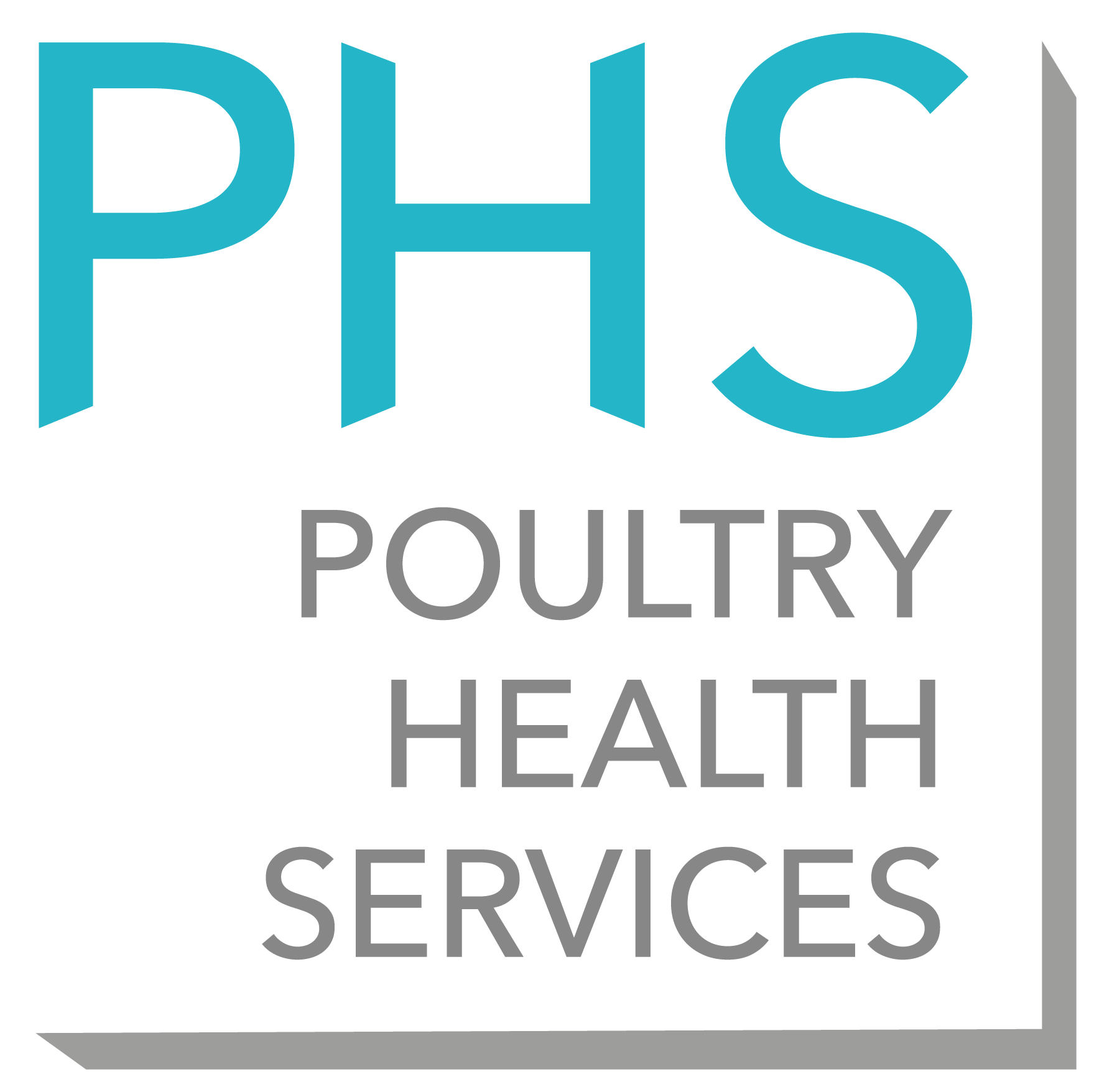Adult bird sudden death
ADENOVIRUS
ADENOVIRUS
There are two strains of adenovirus that are of importance in pigeons.
Symptoms
Classical’/ Adenovirus type 1 strain:
- Birds under one year old.
- Outbreaks seen a few days after racing usually.
- Green droppings.
- Increased water intake.
- Failure of the crop to empty.
- Loss of body condition in birds that have secondary yeast complications.
- Recovery in five to six days if uncomplicated.
Adenovirus Type 2 strain:
- All ages of bird.
- Outbreaks usually seen after racing.
- Causes necrotising hepatitis.
- Birds are severely depressed and die within two days.
- Yellow diarrhoea.
- Loft mortality can be 30+% of birds.
Diagnostics
Will require a post-mortem examination.
PCR test on faeces is available.
Treatment
Supportive treatment: Electrolytes in water.
Test and treat for any other diseases that may hinder bird recovery (coccidia, canker etc.)
Cider apple vinegar in the water (15ml/L) will help to prevent yeast infections in the crop.
Prevention
Keep bird stress as low as possible:
Make sure birds are not overcrowded.
Performing regular testing to monitor flock health status.
Vaccination to prevent outbreak of other diseases (PPMV).
PARAMYXOVIRUS
PARAMYXOVIRUS
This is a notifiable disease (meaning it must be reported to the APHA).
It is a variant strain of the PMV-1, Newcastle disease (NDv) virus, which is also a notifiable disease. It has been known to spread from pigeons to domestic poultry and gamebird flocks where it causes the NDv syndrome. It targets the kidney and nervous systems.
Symptoms
It can take anywhere from five days to six weeks before birds start to show symptoms after initial infection.
- Diarrhoea/green faeces.
- Loss of balance, leg/wing paralysis, circling.
- Inability to pick up feed.
- Twisted neck (torticollis).
- Medium-high mortality, especially in younger birds.
- Reduced fertility.
- Recovery if showing mild signs takes three to eight weeks.
Diagnostics
Serum antibody levels from live birds to check for exposure if birds aren’t vaccinated.
Viral isolation from tissues taken from birds at post-mortem.
However, these can sometimes not give a definite result.
Treatment
Notify APHA of outbreak (through vet), birds will have to be quarantined for at least two months.
Support birds through the outbreak: electrolytes in water, assisted feeding to prevent starvation for the birds who can’t eat.
Cull severely affected birds on welfare grounds.
Clean and disinfectant all surfaces.
Prevention
Vaccination is required in all UK races. Some outbreaks can still occur despite vaccination.
First vaccine at three to four weeks old.
Adults should be vaccinated each year afterwards before the start of the breeding, showing and racing season.
Injected by sub-cutaneous method at the base of the neck, ensure to clean the needle between birds.
Follow advice on label of the vaccine, most vaccines will deteriorate within one day of being open despite being kept in the fridge rendering them useless.
Colombovac and Nobilis are licensed pigeon vaccines in the UK.
STREPTOCOCCUS
STREPTOCOCCUS
Streptococcus is a group of bacteria which can be found in the normal gut bacteria of many healthy birds.
However, in instances of poor health, such as decrease immune function, some strains of streptococcus can cause disease.
Symptoms
Can affects all ages of pigeon.
Usually sporadic, loft wide outbreaks are not often seen.
- Causes general septicaemia.
- Sudden death.
- Weight loss and unwillingness to eat.
- Arthritic changes to joints resulting in lameness, stiffness and the inability to fly.
Diagnostics
Post-mortem: congestion and swelling of the spleen, liver and kidneys with joint infections.
Bacterial culture of swab from the affected organs.
Treatment
Treating using the results from a culture and sensitivity to determine the antibiotic with the best activity against the pathogen.
Prevention
Cleaning and disinfection of bird living areas.
The streptococcus bacteria is present in birds as a normal gut bacteria and only causes disease sporadically, therefore ensuring the loft has a good health status will be key in reducing mortalities arising from this pathogen.
